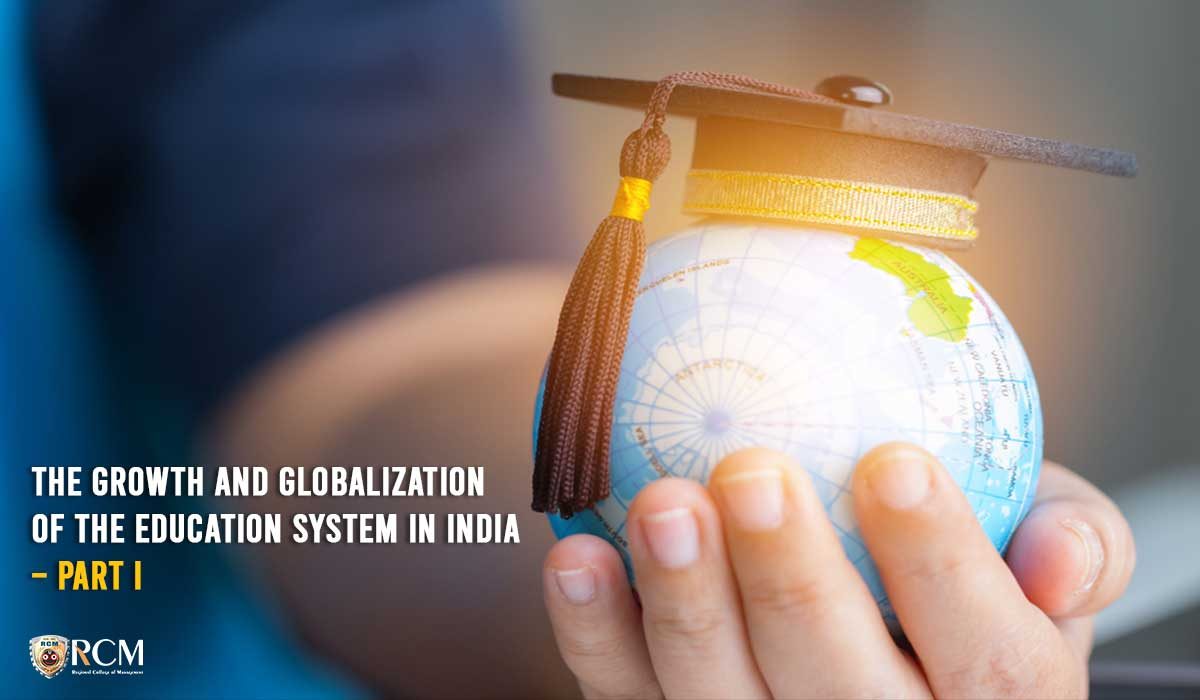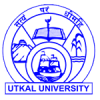The Impact on Indian Education
Because of the commercialization, the educational sector is now more generally defined as the “education system” rather than the “service sector.” Education is being increasingly commercialized. Commercial institutes that provide specialized education have sprung up all over the place. Many corporate colleges, both foreign and Indian, are intruding on government institutions because of globalization. These institutions’ prices would be benchmarked by their worldwide equivalents, which would be affordable to the same upper tier of society once they were “self-financing.”
The fragmentation between the privileged and the unprivileged would be obvious when work markets became increasingly tight. Meanwhile, other pricing barriers would be lined up straight to keep out non-elites, such as the impoverished and oppressed. Furthermore, corporatization has turned education into a profit-making business.
According to some sources, few Indian universities are worldwide certified or acknowledged, with the exception of a limited number of top institutions. As a result, there is fierce rivalry for a small number of top schools. The Indian education system is unable to raise funds at home from its learners.
According to some accounts, Indian students, whose fees are paid by their parents, have become a net subsidizer of British higher education. India has the largest number of international students in the United States, with approximately 80,000, and there are an estimated 5,000 Indian medical students in China.
Education:
Education has become an incredible commercial potential because of globalization, with a significant influence on employment. Universities from all over the globe are currently forming alliances with Indian universities to benefit from India’s profitable economic power.
Universities in the United Kingdom are pursuing a foothold in India through partnerships, academic exchanges, joint ventures, research collaborations, and pretty much anything else that isn’t creating a campus on Indian territory (which is unlawful).
Large industrial megacorporations such as Tata, Reliance, and Essar, as well as trade associations, launched initiatives to establish Institutes of Excellence across India, with support from the Harvard School of Business, MIT in the United States, and the London School of Economics.
There are several benefits to hiring people from other countries. Students will get international experience and improve skills like speaking with industry, giving presentations, and interacting with top executives. Recruiting international students is a technique for institutions to gain a financial edge.
The issues in Indian education revolve around finance, equality, and excellence. As these issues have been worsened by growing globalization, which necessitates only educated labor, the previously excluded socioeconomic groups, which lag far behind the advanced classes in terms of access to education, are now facing a double blow.
Globalization And Indian Education System Challenges:
Education cannot be offered exclusively to market forces in a world of uneven chances where ideas and information are developing factors determining progress or lack thereof.
Furthermore, while establishing the curriculum, market demands should be considered wholly. The component of product-centric should drive the development of the curricular structure. It is also vital to avoid the impulse toward the commercialization of education while deciding on the fee structure and other student expenses.

As the globe works to build an information society based on education, India cannot continue to lag as a non-competitive knowledge economy.
India must establish an atmosphere that encourages knowledge workers rather than industrial employees and laborers. Such people must be at the leading edge of knowledge workers, putting India at the forefront of the information era.
This is not to say that the opportunities provided by information technology should be avoided, but rather that they should be creatively used in the educational system. At the same time, it is vital to acknowledge that the educational circumstances generated by digital technology are ripe for intellectual imperialism.
Breaking down geographical borders and communication hurdles are positive aspects of information transmission, but they cannot be put separately from the economic and political settings of knowledge generation.
The Quality of Education India Prefers:
The Indian education system is one of the most strictly regulated ones in the world. The government governs who can teach, what they can learn, and how much you can charge them. It also has significant regulatory obstacles. There are significant entrance barriers.
University buildings may only be constructed by legislative acts, and approval procedures for establishing new courses are time-consuming. Syllabus updating is getting extended, and accreditation systems are exceedingly fragile and arbitrary. The regulators allow for relatively little liberty and diversity across institutions.
The lack of high-quality institutions is a result of India’s regulatory system. Increased public investment, as promised by the administration, is vitally important to enhancing access.
The Quotas:
Quotas became a symbol of the state’s dominance over Indian education. It’s a tendency to impose its own goals on academic institutions regardless of the consequences for their quality. Globalization needs two opposing changes in the state. On the one hand, effective globalization necessitates significant public investment in expanding access to education.
However, in higher education, globalization necessitates that the state respect the individuality of institutions. This causes a variety of experiments to take place. This also ensures that institutions have the flexibility to do what it takes to retain talent in a globalized world. Above all, to respond quickly to growing demand. Globalization necessitates a paradigm shift in higher education regulation. In India, the argument is still in its early stages.
There is a lack of balance between supply and demand. In terms of Indian universities, they now operate without even the most basic of facilities and with lecturers who lack access to the most recent breakthroughs in their fields. These schools produce students who finish their education as outsiders, even in their chosen field of study. What these institutions provide is unacceptable to India’s rapidly increasing wealthy middle class. Education is a fertile ground for investment especially if it comes with a guarantee of success.
The Conclusion Of It All:
The educational system must ensure that students acquire not just breadth but also depth of knowledge in these areas. This is also a holistic perspective. A set of skills that will prepare them for life in the real world. There must be opportunities for children to spread their wings at every level. platforms for communication and learning. This also offers recognition for those who strive for success. Market demands should be prioritized.
This Priority should be given to the productivity component when developing the curriculum framework. Furthermore, it is critical that while deciding on a fee structure, as well as other student levies. The inclination toward commercialization of the education system, be avoided.
India should consider the character and scope of globalization that may bring constructively into its socioeconomic and educational institutions. While it is difficult to resist the urge to align with the global community. It is critical to keep national interests at the forefront of one’s mind.
This is especially true in the sphere of education, which is deeply concerned with the development of human capital. Finally, any quick engagement in the global educational market might end up damaging the important interests of students. Particularly the impoverished and oppressed, for future generations.
To Sum up:
Finally, it is about continually attempting to raise the standard, constantly inventing, and never standing still. Students will flourish in all aspects of life if educational institutions believe in a value-based education system. Student enthusiasm and feedback are important drivers of change and evaluation in schools and colleges that believe in educational excellence.
They foster a lively student community that is constantly inventive and succeeds in all areas, including academics, arts, and athletics. Globalization is a never-ending process. Developing countries like India should leverage this properly to improve their national standards through their education system.































One Comment
Thanks for sharing. I read many of your blog posts, cool, your blog is very good.